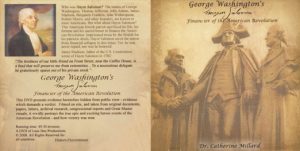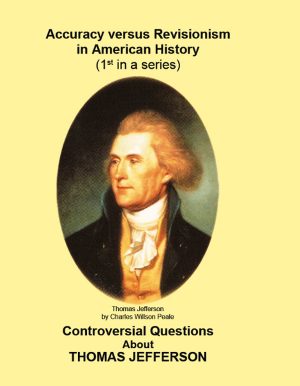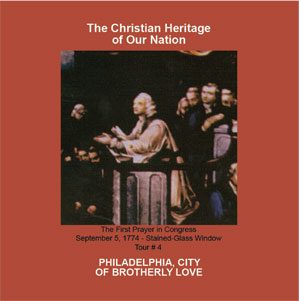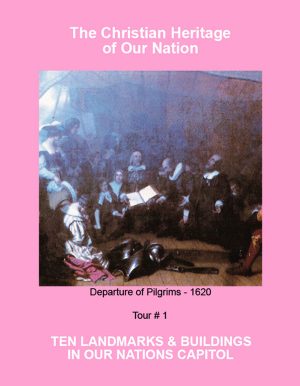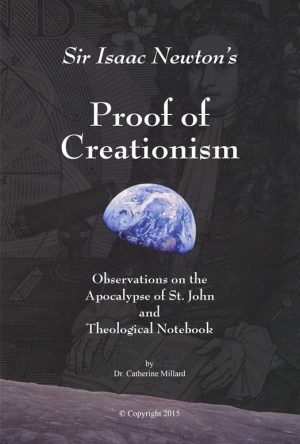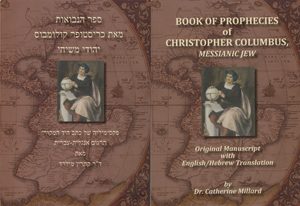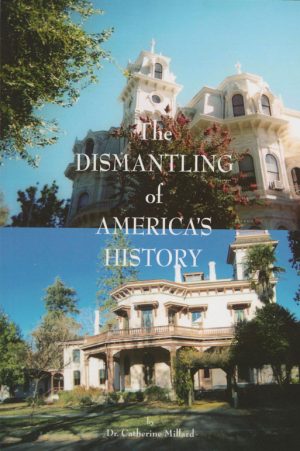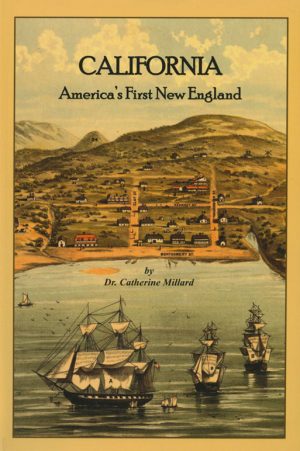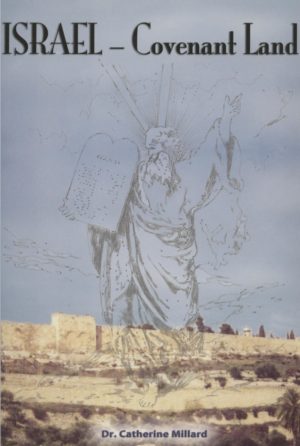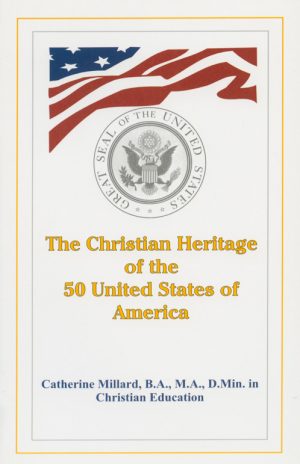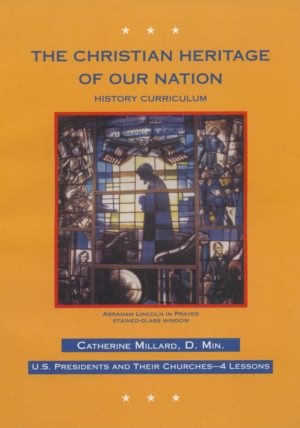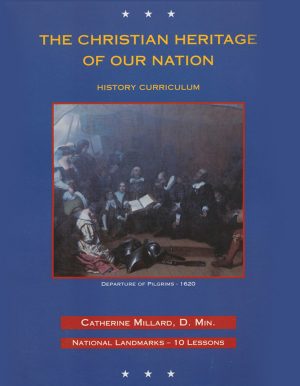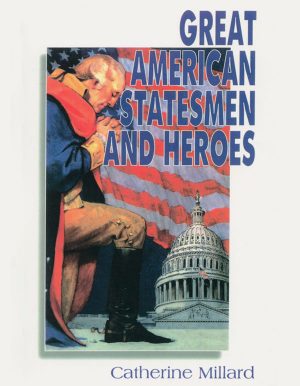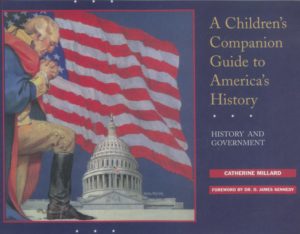The Doctor who Served God
A relatively unknown American hero, whose accomplishments in medicine revolutionized medical surgery, is a doctor by the name of Crawford W. Long. His achievements stemmed from the belief that his work was a ministry from God. A native of Georgia, this man was selected to represent his state in Statuary Hall in the U.S. Capitol. The inscription on the base of the statue reads:
Georgia’s Tribute
Crawford W. Long, M.D.
Discoverer of the use of
Sulphuric Ether as an anesthetic in surgery
On March 30, 1842 at
Jefferson, Jackson County,
Georgia U.S.A.
“My profession is to me a Ministry from God.”
In the modern world of medicine, few have had to experience having a tooth filled, getting a shot, or having surgery without the use of something to deaden the pain. However, such was not always the case.
Surgery “A Horror” Before Anesthesia Invented
The following speech given by Dr. Hugh H. Young is found in the Congressional Record of April 23, 1926. It gives insight into the awful reality of the operating table prior to Dr. Long’s invention of this “blessing to humanity.”
…In comparison with surgical anesthesia, all other contributions to medical science are trivial… Beforeanesthesia, surgery was a horror… The awful experiences of operative surgery and the attendant high mortality caused the best minds of medicine to avoid operations… In a letter to the famous surgeon, Sir James Y. Simpson, a patient who had recently lost a leg by amputation, thus described his tortures:
‘The blank whirlwind of emotion, the horror of greatdespair, and the sense of desertion by God and man,bordering closely upon despair, which swept throughmy mind and overwhelmed my heart, I can neverforget. I watched all that the surgeon did with afascinated intensity. I still recall with unwelcome vividness the spreading out of the instruments, thetwisting of the tourniquet, the first incision, thefingering of the sawed bone, the sponge pressedon the flap, the tying of blood vessels, the stitchingof the skin, and the bloody, dismembered limb lying on the floor. Their memory still haunts me…’ 1
Fourteen-Year-Old Crawford goes to College
Crawford Long was admitted, at the age of fourteen, to Franklin College, now the University of Georgia. He graduated in 1835, second in his class with an A.M. degree, after which he attended medical school at the University of Kentucky. Graduating in 1839 from the University of Pennsylvania, he went to a New York hospital to perfect himself in surgery, remaining there until August, 1841. Long subsequently moved to Jefferson, Georgia, having received the best literary and medical training in the nation. On March30, 1842, he performed his first surgical operation on a patient, utilizing his new invention of anesthesia through the inhalation of sulphuric ether; a few years later establishing practice at Athens, Georgia.2 His life was a fruitful one, lived out in the service of others.
Crawford Long Dies in the Discharge of His Duty
This selfless American son died in the discharge of his duty, on June 16, 1878, at the bedside of a mother who had just given birth to a child. Regaining consciousness for a few moments, his last words were: “How is she?” He then gave instructions for her well-being and breathed his last.3
Senate Chaplain Praises God for
“This Humble Country Doctor”
Following are excerpts from the Congressional unveiling and presentation of the marble statue of Dr. Crawford W. Long by the state of Georgia, on April 23, 1926. Senate Chaplain Sam W. Small gave the following moving prayer, glorifying our God and Father:
Our Heavenly Father, we are gathered today in the great national capital, and in a historic chamber of this great building whose atmosphere has thrilled to the eloquence of some of the greatest men of our generation and of generations gone by. We are assembled to represent the citizens of one of the great States of this immutable Union of ours, for the purpose of unveiling to the eyes of the living and to those of the coming generations the marble effigy of one of Thy humble and noble souls, who, inspired by Thy spirit of compassion to humanity, discovered the remedy and the soothing for the acute pains which formerly accompanied the incisions or the excisions of surgery upon the human body. This discovery and application by this faithful and honored son of Georgia has gone around the globe, to assuage the pains of humanity, to bring relief to millions who are suffering from that which to them seems incurable; and may the Spirit which animated this humble country doctor of Georgia become the universal spirit of all of us who would serve Thee in faithfulness, and our brethren with the spirit of helpfulness. We ask it all for Christ’s sake. Amen. 4
Crawford’s” Love and Sympathy for Suffering Humanity”
Another address, this time given by Dr. Frank K. Boland, followed, providing insights into Crawford Long’s “love and sympathy for suffering humanity; his deep power of observation and his supreme courage,” all of which form admirable character traits.
…Eighty-four years ago, March 30, 1842, at the ageof twenty-seven, his sympathy and love for sufferinghumanity, his deep power of observation and hissupreme courage, led him to be the first to do, finally,what physicians and scientists have tried in vain toaccomplish for all the centuries –to perform a surgicaloperation without producing pain. By this achievement,in that remote, isolated Georgia village, the young physician gave to mankind a blessing for which no praise, no expression of gratitude can be too great…
To learn more, click here.
_____________________
Bibliography:
1
Congressional Record – U.S. Senate, April 23, 1926. Acceptance speech for the United States by Senator William J. Harris of Georgia, p. 7991.
2
Ibid.
3
Crawford Williamson Long – Georgia. Office of the Architect of the Capitol,Washington, D.C.
4
Congressional Record – U.S. Senate, April 23, 1926. p. 7988.

